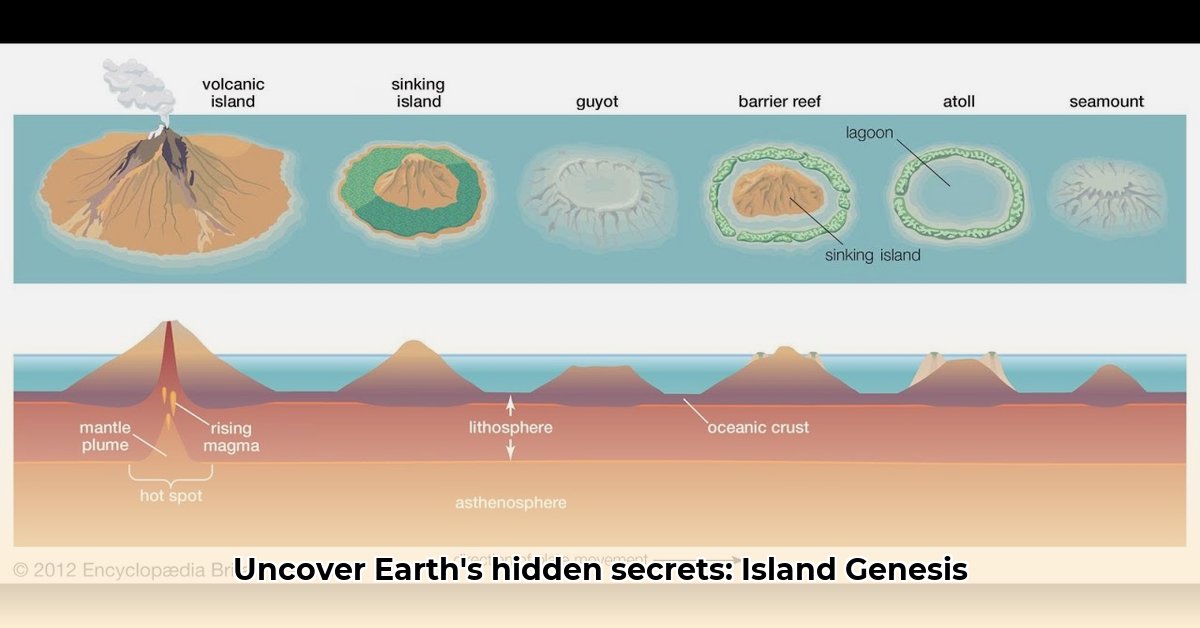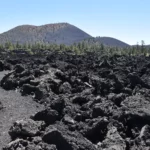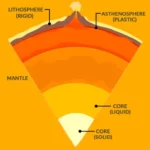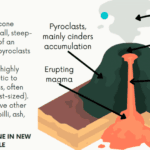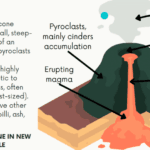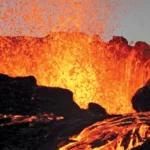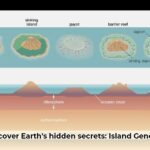From Ocean Depths to Terrestrial Paradises: Understanding Island Formation
Islands, those captivating jewels scattered across the vast expanse of our oceans, lakes, and rivers, evoke a sense of wonder and isolation. But how do these landmasses emerge from the depths? Their formation is a testament to the Earth’s dynamic forces, a story written in stone and coral over millennia. This guide delves into the fascinating processes that give rise to these unique environments, exploring volcanic activity, continental drift, coral growth, and the impacts of rising sea levels. For a comprehensive list of islands worldwide, check out this island database.
Volcanic Islands: Born of Fire and Fury
Imagine molten rock, or magma, surging from the Earth’s fiery heart, erupting beneath the ocean’s surface. Over time, layer upon layer of hardened lava accumulates, gradually building towering volcanic peaks. When these peaks finally breach the surface, they give birth to volcanic islands, such as the majestic Hawaiian archipelago and the dramatic peaks of the Galapagos. These islands often exhibit dramatic landscapes, from black sand beaches to active volcanic craters. The Hawaiian Islands, a prime example, are still evolving, with active volcanoes like Kilauea and Mauna Loa continuing to shape their landscapes. The continuous eruption and solidification of lava demonstrate the ongoing, dynamic nature of volcanic island formation. These islands are typically rich in basalt, a volcanic rock that forms the foundation of their unique ecosystems.
Continental Islands: Fragments of Ancient Lands
Continental islands, like Greenland and Madagascar, offer a glimpse into Earth’s geological past. These landmasses were once connected to continents but became separated through various processes. Some, like Greenland, were formed by the rifting and drifting of continents, breaking away from larger landmasses millions of years ago. Others, such as the British Isles, became isolated due to rising sea levels following the last ice age, which inundated low-lying land bridges connecting them to the mainland. Continental islands frequently share geological characteristics, flora, and fauna with their parent continents, echoing their shared ancestry. Greenland, the world’s largest island, showcases this connection, with its geology reflecting its origins as part of the North American continental plate.
Coral Islands: Built by Tiny Architects
Coral islands, exemplified by the Maldives and the Great Barrier Reef, showcase the remarkable building power of tiny marine organisms. Coral polyps, minute invertebrates, secrete calcium carbonate skeletons that accumulate over centuries to form vast coral reefs. These reefs can take various forms, including fringing reefs that hug coastlines, barrier reefs separated from the mainland by lagoons, and atolls, ring-shaped reefs encircling a central lagoon. Atolls form when a volcanic island subsides beneath the ocean surface, leaving the coral reef to continue growing upwards. These delicate ecosystems teem with biodiversity, providing habitat for countless marine species. However, coral islands are highly vulnerable to rising sea levels, ocean acidification, and warming ocean temperatures, emphasizing the interconnectedness of these fragile environments with global climate patterns.
Barrier Islands: Shifting Sands of the Coast
Barrier islands, dynamic coastal features, are shaped by the interplay of waves, currents, and sediment. These narrow strips of sand, often found parallel to coastlines, provide crucial protection against storms and erosion for the mainland. Their formation involves the accumulation of sediments, such as sand, gravel, and shells, deposited by longshore currents. Over time, these deposits build up, eventually emerging above sea level to form barrier islands. The Outer Banks of North Carolina and the islands along the Texas coast are prominent examples of barrier islands. Their dynamic nature means they are constantly changing, shaped by wind, waves, tides, and sea-level fluctuations. These islands, crucial for coastal protection and biodiversity, face significant threats from rising sea levels, storm surges, and human development.
Island Vulnerability in a Changing Climate: A Call for Action
Understanding the diverse origins of islands is paramount to assessing their vulnerability to the escalating impacts of climate change. Each island type faces unique challenges, influenced by its geological composition, size, and location. Low-lying coral atolls are particularly susceptible to rising sea levels, with even modest increases threatening inundation and displacement of communities. Ocean acidification, driven by increased carbon dioxide absorption by the oceans, weakens coral skeletons, undermining the structural integrity of reefs and the ecosystems they support. Coastal erosion, exacerbated by rising sea levels and intensified storms, threatens shorelines and infrastructure. Volcanic islands, while potentially more resilient to flooding, face heightened risks of coastal erosion and the unpredictable nature of volcanic activity itself. Even continental islands, generally more stable, are not immune to climate change impacts, experiencing coastal erosion, changes in precipitation patterns, and disruptions to ecosystems.
Addressing island vulnerability necessitates a multi-pronged approach. Comprehensive monitoring programs, utilizing advanced technologies such as satellite imagery, drone surveys, and oceanographic sensors, are crucial to track changes in sea level, coastal morphology, water chemistry, and biological communities. Sophisticated numerical models can aid in predicting future impacts and informing adaptation strategies. International collaboration, knowledge sharing, and capacity building are essential for supporting island nations in their efforts to adapt to and mitigate the effects of climate change. Sustainable land-use planning, ecosystem restoration, and innovative engineering solutions can enhance resilience and protect these unique and valuable environments.
- Red Cloud, NE: Discover Willa Cather’s Legacy - April 11, 2025
- Remember Old Social Media Sites? Their Rise and Fall - April 11, 2025
- How many days till Feb 3?Accurate Countdowns & Tools - April 11, 2025
